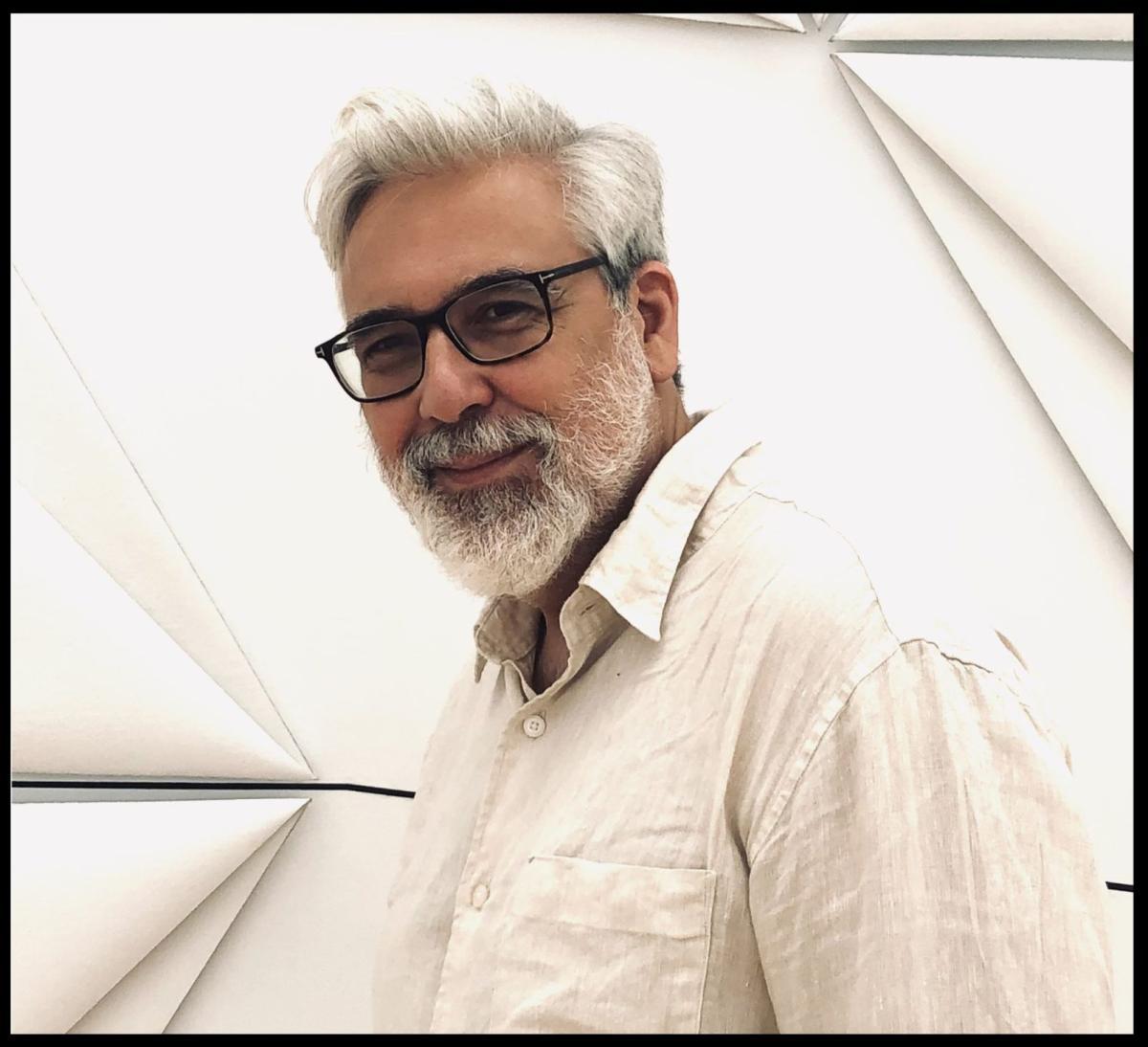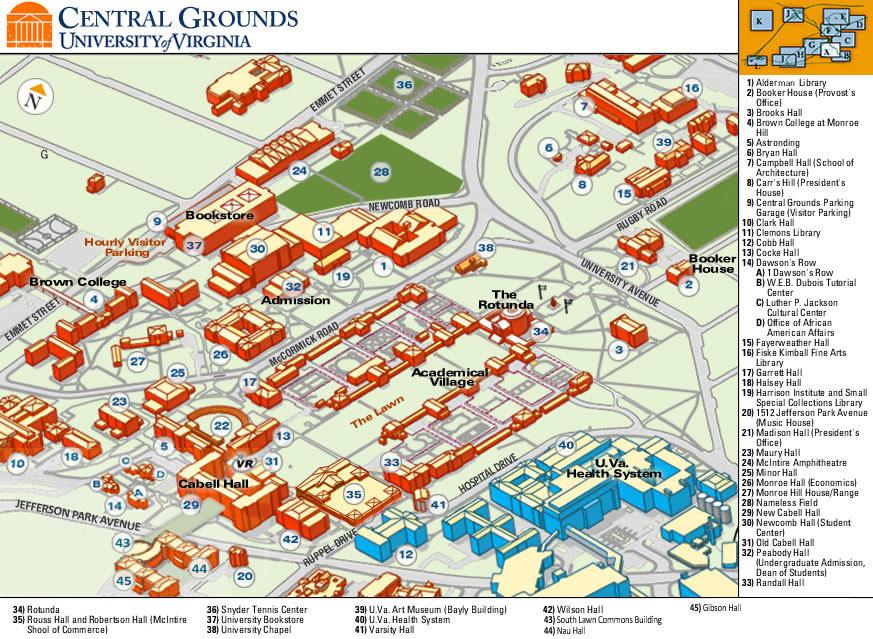Graduate Symposium 2023: Staging Paradox

Department of Art at the University of Virginia, March 16 & 17, 2023
Watch the recordings here:
Friday Afternoon Session. Groups III & IV (Passcode: @RD@P3B#)
Symposium Schedule
THURSDAY, MARCH 16
ONLINE SESSION, 1-3pm EST
Registration link: https://virginia.zoom.us/j/93403779893?pwd=K0k4cjRhTXlDMmdFdnZTbmdsRmtRUT09
Session will be streamed on the first floor of Fayerweather Hall
Group I. Representing Paradox
Josephine Bellisa Neil, Centre for Art History Port City of Naples
Darkness in Giambattista Caracciolo's Baptism of Christ: Knowing and Unknowing the Divine
Latypova Anzhela Radikovna, Repin Institute of Arts, St. Petersburg
The Still Life - “Trompe L’Oeil”: The Problem of Illusion in the Art of Dutch Painters in the XVII Century
Rachel Magdeburg, University of Wolverhampton
Visual Paradoxes in Painting: Foiling Nature-as-Background
FRIDAY, MARCH 17
MORNING SESSION, 9am
in the Dome Room of the Rotunda and via Zoom
Welcome Remarks, Douglas Fordham, Professor of Art History and Chair, Department of Art, University of Virginia
Group II. Performing Paradox
Joseph Shiner, The Juilliard School
The Paradox of Distance: Expectation, Manipulation and Subversion in Stravinsky’s L’Histoire du soldat
Jessica Ann Hough, Northwestern University
Oppositional Operators: Youth Media and Community Action in Chicago, 1970-1980
Anne-Marie Iker, Princeton University
Secrecy in the Art of Santiago Rusiñol and the Catalan Modernistes
11.00 Pause

KEYNOTE LECTURE, 11.15am
Felipe Pereda, Harvard University
Negative Aesthetics: Mystical Painting from the Golden Age to Salvador Dalí
12.30 Pause
AFTERNOON SESSION, 1.30 to 4.30pm
in Monroe Hall 130 and via Zoom
Group III. Paradox in Making
Rashawn Penister, University of Memphis
In conversation: The Cards We Are Dealt
Emily Madrigal, University of Virginia
Sculptural Color: Henry Cros and the invention of glass paste
Samuel Allen, Institute of Fine Arts
Hyperbolic Originality: Restaging Process in Rodin and Clot’s Lithographic Portfolio, Le Jardin des supplices
Group IV. Paradox as Reflection
Jingwei Zeng, University of Wisconsin, Milwaukee
The Influence of American Nationalism on Mark Tobey's Sumi Art
Patrick Facemire, University of South Carolina
Bacchanalia as Furnace: Heinrich Kley and the Machine of German Decadence
All sessions conclude with a moderated discussion with the group speakers.
KEYNOTE ADDRESS
FELIPE PEREDA, Fernando Zóbel de Ayala Professor of Spanish Art, Department of History of Art and Architecture, Harvard University
Negative Aesthetics: Mystical Painting from the Golden Age to Salvador Dalí
In his famous "Christ of Saint John of the Cross" (1951), Salvador Dalí claimed to have been inspired by a drawing made by the sixteenth-century Spanish mystic after a vision. This talk analyzes the drawing from the perspective of art history and describes the influence the drawing and the thought behind it had on Spanish artists of the seventeenth century. The talk will show that Salvador Dalí's is only the last episode of a long pictorial tradition that had explored the possibility of a mystical, radically paradoxical painting.
Born in Madrid, Felipe Pereda studied at the Universidad Complutense, and the Autónoma University where he received his PhD (1995) and taught until 2011. In more recent years, he has also taught at the Instituto de Investigaciones Estéticas (Universidad Autónoma de México), and Johns Hopkins University (2011-15). He has worked on Spanish late medieval and early modern art, art theory, image theory and history of architecture.
His books include La arquitectura elocuente (1999), El atlas del Rey Planeta (3rd. ed. 2003), and Images of Discord. Poetics and Politics of the Sacred Image in 15th century Spain (Spanish ed. 2007; English translation, Harvey Miller, 2018). Additionally, in recent years he has published on artists such as Luis de Morales, Ribera, or Zurbarán. His last book, Crime and Illusion: The Art of Truth in the Spanish Golden Age (Brepols-Harvey Miller, 2018), was pivotal in the development of this symposium.
His newest book, Torrigiano. The Man who Broke Michelangelo's Nose, is in press with Penn State University. The book is the first biography ever written on the artist offering a model for the study of the relation between local artistic traditions and artist's mobility in the Renaissance.
Professor Pereda’s keynote address takes place Friday, March 17, at 11.15am, in the Dome Room of the Rotunda and via Zoom
About the Symposium
Trompe l’oeil, aporia, illusionism – art has many terms alluding to the ambiguities of representation. But paradox, the uncanny gesture self-consciously exploring contradictory propositions, is often less explicitly identified as a mode of intervention in the making, viewing, and research of material culture and architecture. The term paradox, combining the Greek prefix para (“contrary to”) and doxa (“opinion”) points to a statement, situation, or thing composed of opposing elements that appear incommensurate but are just as true or viable as accepted reality. The 2023 Graduate Symposium of the Department of Art at the University of Virginia seeks to explore paradox as praxis and a mode of critical intervention to consider its broader contribution within our fields.
Paradox entails a performative self-contradiction that simultaneously surprises and appeals to an audience’s understanding of its terms. Irrespective of tone, genre, or moment of intervention, paradox’s effectiveness hinges on the extent to which audiences are persuaded, surprised, or left speculating about meanings thought to be understood. Paradox plays with expectations and explores the limits of conventions, logic, and truth through subtle twists and turns of terms considered acceptable in isolation. Paradox, susceptible to the predictability and conventionality of any device, demands novel techniques and unexpected modes of enactment to sustain its tension between understanding and astonishment. For its turning on performance and skill, paradox is an apposite tool for interpreting the self-contradictory in making, interpreting, and experiencing art.
Paradox as a mode of intervention, experience, and interpretation
As a mode of viewing and making, paradox interjects itself into the iconography and composition of a work of art. This device crafts ambiguity by intentionally playing with the expectations of the viewer. As illustrated in Rosalie Colie’s 1966 book Paradoxia Epidemica, paradoxes such as praising the insignificant or unpraiseworthy take form by highlighting the magnificence of mundane objects depicted in still-life paintings. Paradox may also serve as a compositional technique such as polemically contradicting genres or expectations as seen in John Cage’s 4:33 music performance that considers the experience of non-performance. For Colie and Cage, paradox becomes a critical interpretive or compositional device for accessing an artwork's intended meaning.
Other forms of paradoxical composition emerge as paradox extends into real space. The artistic practice of Robert Smithson exploring the relationship between a site and its representational non-sites offers a conceptual example of paradoxes in space. Design affordances, or the qualities and properties of an object or space defining its possible use, may generate paradoxical viewing or emotional experiences. The design choices of a religious temple, for instance, intentionally seek to reveal the divine as present/absent, accessible/inaccessible to a believer. This paradox is participatory and interactive, emerging as users experience a space. Similarly, dissonant adjacencies or juxtapositions in spaces can also become fertile grounds for paradox. This approach to paradox as a mode of spatial participation and adjacency complements the aforementioned mode of interpretation of the viewing and making of art.
An art historian may stage paradox by characterizing art, or truthful fictions, as evidence in the recounting of an event. As historian Carlo Ginzburg observes, constructing a truthful tapestry of the past may well involve piecing together variably accurate testimonies, including fakes and false narratives. In this vein, Felipe Pereda examines artists who make legible inconstant modes of illusion and disillusion, presence and absence to concede evidentiary authority to images that viewers authenticate as true – artworks utilized as probationary evidence of a crime that never occurred. Paradoxically, art as testimony or evidence can dispute past events and even claims to a statutory truth.
Other topics and questions for discussion include but are not limited to:
How does paradox operate when collapsing social norms or fluctuating paradigms of knowledge alter conditions of interpretation?
How do artists represent or give form to paradox?
How can replication, copies, or fakes complicate or enrich interpretation?
How does modern and contemporary art criticism’s epidemic of paradox facilitate globalized artistic practices?
How can we study the audience's reception of paradox in pre-modern societies?
How can an artwork or artifact become paradoxical with respect to its medium or context?
Can paradox translate across cultures, geographies, media, and time?
How might an object or architectural space’s functional change create a material or spatial paradox?
How do spatial paradoxes go beyond the logical to the affective and the psychological?
What are the stakes of considering art as testimony or evidence in dispute or support of historical claims?
Symposium Locations
All symposium sessions are accessible via a single Zoom link. In order to attend any of the sessions online, including the keynote address, please register at the following link: https://virginia.zoom.us/j/93403779893?pwd=K0k4cjRhTXlDMmdFdnZTbmdsRmtRUT09
Registration will remain open throughout the symposium. Please write to stagingparadox at virginia.edu with questions.

Thursday, March 16
1-3pm EST – ONLINE SESSION: Group I. Representing Paradox – via Zoom and screened at
Fayerweather Hall on Arts Grounds, first floor (building 15 above)
Friday, March 17
9-11am – MORNING SESSION: Welcome Remarks, Group II. Performing Paradox, and
11.15am – KEYNOTE ADDRESS: Felipe Pereda – via Zoom and in the
Dome Room of the Rotunda, UVa Lawn (building 34 above).
1.30-4.30pm – AFTERNOON SESSION: Group III. Paradox in Making and Group IV. Paradox as Reflection – via Zoom and in
Monroe Hall 130 (building 26 above)
This symposium is made possible with the financial support of the UVA Arts Council; the Graduate School of Arts and Sciences; the Department of Spanish, Italian & Portuguese; and the Department of Art at the University of Virginia.
Image design by Léo Zhang.
